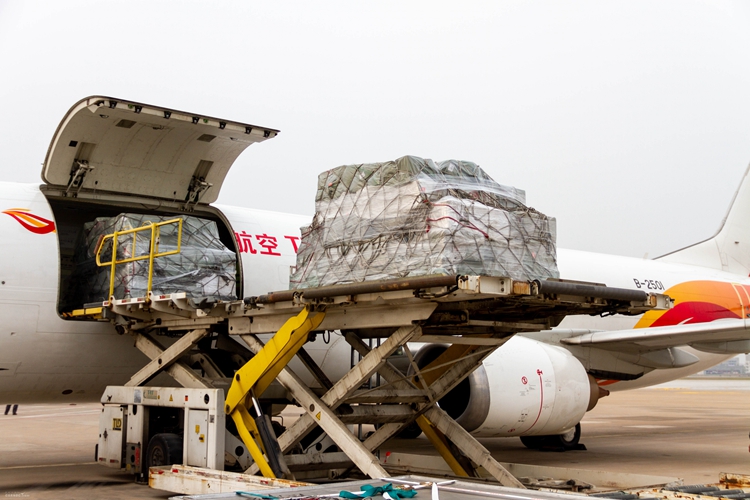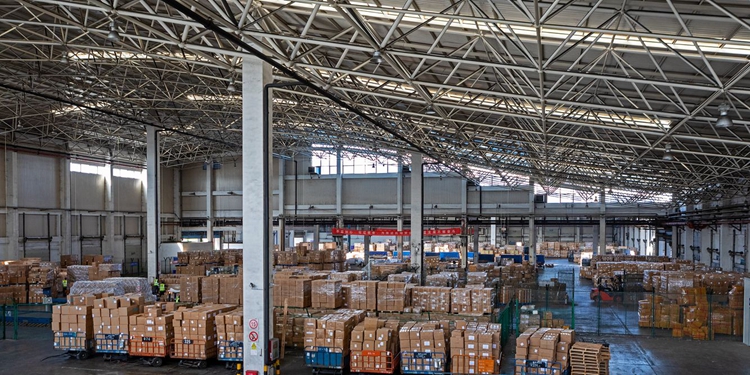The global air cargo market continues to show a positive upward trend thanks to capacity demand and freight rate growth from e-commerce business on Asian routes." Global logistics company DHL's latest April Monthly Air Cargo Report noted that global air cargo demand grew 6% year-on-year during the month, with demand for fashion and consumer goods driving the booming e-commerce trade in the Asia-Pacific region. The J.P. Morgan Global Manufacturing Purchasing Managers' Index (PMI) for the same period also hit its highest level since July 2022, all of which reflects the continuing positive trend in the world economy.
According to the DHL report, the Asia-Pacific region is expected to see an increase in wide-body passenger aircraft belly capacity in anticipation of this summer's peak transportation season. According to the flight schedule, wide-body passenger aircraft belly capacity is expected to see double-digit growth compared to last summer.
Chinese cross-border e-commerce companies such as Shein and Temu are largely driving this sector. During the last week of April, additional transportation demand pushed China-US air spot prices up 14% year-over-year. By comparison, average global shipping costs were down 8% from a year ago.

Temu now has 51 million U.S. customers, according to data, and SHEIN's app has been downloaded nearly 14 million times. In addition to chartering flights and buying belly bins on passenger planes, upstarts such as SHEIN and Temu have adopted a different logistics strategy from Amazon and other e-commerce companies. Instead of stockpiling inventory in overseas warehouses and distributing it from domestic warehouses, they fly products directly from factories in China to consumers. This not only shortens the delivery time, but also makes the price of goods more competitive. A U.S. Congressional report released last June said that Shein and Temu handle nearly 600,000 packages arriving in the U.S. every day.
Outside of consumer goods, seasonal demand such as flower exports also drove air cargo volume growth in April. Regions such as Africa and Central and South America both saw large weekly gains during the month. The World Air Transport Development Association (WATA) noted that, with the exception of South and Central America, 84% of the tonnage growth was attributed to increased flower exports to the United States and Canada in anticipation of Mother's Day on May 12th.
Tensions in the Red Sea have gone some way to stimulating demand for air cargo, with volumes now enjoying four consecutive months of double-digit growth. Transit times have increased by at least a week for flights to destinations on the East Coast of the United States and Europe, and by about two weeks for flights to destinations in the eastern Mediterranean, while the reliability of the schedules is on a downward trend.
Air-sea options via Colombo, Sri Lanka and Dubai, UAE have proved attractive to many shippers. As a result, spot rates on routes from South Asia and the Middle East to Europe have soared. However, carriers relying on the Dubai route also experienced difficulties in April. Hundreds of flights were canceled and the airport was temporarily closed after the tarmac at Dubai International Airport was flooded due to a rare rainstorm.

Airports in the Asia-Pacific region are also gearing up to take on greater cargo volumes as the region's trade drives a regional and global economic recovery.
Hong Kong's air cargo hub plays an important role in global trade. Last year, Hong Kong International Airport (HKIA) saw a 3.3 percent increase in cargo volume, with a total throughput of 4.3 million tons, continuing its position as the world's busiest cargo airport. Memphis Airport came in second, followed by Shanghai, Anchorage and Incheon airports.
In response to growing cargo volumes, HKIA continues to invest in the high-value and fast-growing e-commerce sector. Air cargo is a key driver of Hong Kong's logistics growth and overall economic development," said Mr. Jack So, Chairman of the Airport Authority Hong Kong (AAHK). The AA will continue to work closely with the air cargo community to further enhance HKIA's competitiveness as a global cargo hub."

